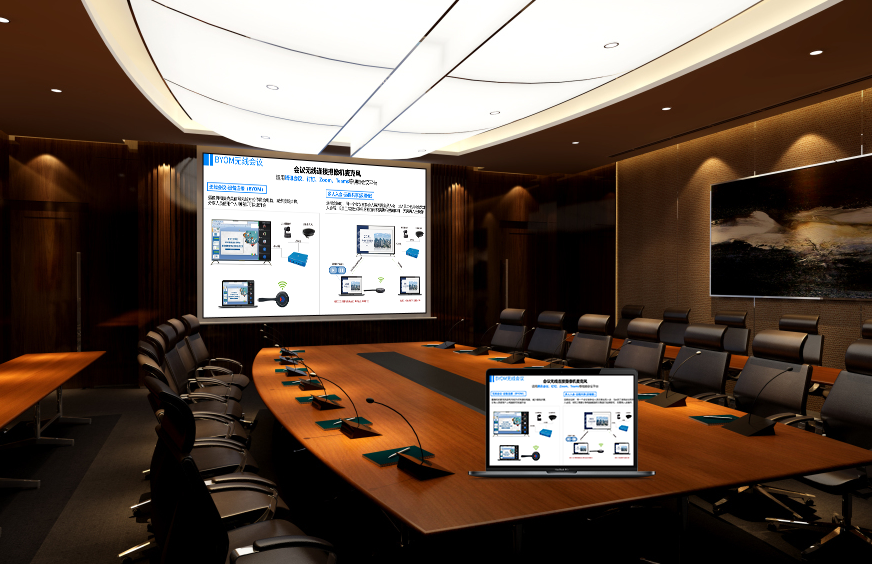RTSP Media Recording and Integration: A Cross-Scenario Solution
The key to RTSP media recording and integration is to enable a smooth connection for audio and video streams from various devices to a recording system. A reliable solution can bridge the gap between the capture and recording ends through protocol compatibility and stream processing optimization, adapting to the recording needs of education, meetings, training, and other scenarios.
Universal Protocol Compatibility, Zero Integration Barrier
It’s compatible with all versions of the RTSP protocol. Front-end cameras, meeting terminals, live streaming encoders, and other devices that meet the RTSP standard can connect directly to the recording system without an extra converter. It’s also compatible with mainstream protocols like RTMP and HLS. Non-RTSP devices can be automatically transcoded via a built-in module, with a device compatibility rate of over 98%.
The integration process is simple. You can quickly link a device by entering its IP or ID. The system will automatically recognize and adapt to parameters like resolution and frame rate. The latency for a camera’s feed to the recording system is ≤100ms, with no lagging or audio-visual mismatch.
Enhanced Stream Processing, Guaranteed Recording Quality
Using dynamic bitrate adaptation technology, the system automatically adjusts the bitrate when the network fluctuates to ensure a clear and uninterrupted recording. It supports 4K ultra-high-definition recording and can also be set to resolutions like 1080P or 720P to balance storage and viewing experience.
It supports multi-stream synchronized recording. Audio and video streams from multiple RTSP devices can be fed into the system at the same time, allowing for picture-in-picture or split-screen presentations in the recording. In an educational setting, it can simultaneously record the teacher, student interactions, and courseware. In a meeting, it can record the main speaker, the PPT, and the remote participants at the same time.
Scenario-Based Implementation, Maximizing Practicality
Educational Recording
After a classroom camera is integrated via RTSP, it can automatically track the teacher. What’s written on the whiteboard is recorded synchronously, and the recording is automatically overlaid with the time and course information. After class, the content is uploaded directly to the teaching platform, where students can scan a QR code to review it. The playback supports speed adjustments and fast-forwarding, and students can also bookmark key points.
Meeting Recording
After the RTSP stream from a meeting room terminal is integrated, speeches, mirrored proposals, and remote participant feeds are recorded synchronously. The file is automatically segmented by agenda topic for easy retrieval. It also supports real-time live streaming, so people who couldn’t attend can watch by clicking a link and can even interact with comments without disrupting the meeting.
Training Recording
Multiple RTSP cameras at a training session can record the instructor, students, and demonstration from different angles. The system automatically synthesizes a multi-angle video, so trainees can switch angles when they review it. Training materials can be overlaid on the recording. The exported file can be edited directly without post-production work.
Easier Management and Maintenance
Administrators can monitor the connection status of RTSP devices and the quality of stream transmission in real time via a backend. If a device goes offline or a stream is abnormal, an alert is automatically sent, and the device can be restarted or its parameters can be adjusted remotely. The recorded files are stored by scenario, and automatic backups can be set to prevent data loss.
It supports integration with third-party platforms. Recorded files can be synchronized to a company’s OA or a school’s academic system via an API, so there’s no need for manual uploading. The system automatically updates the protocol adaptation module periodically to ensure compatibility with new devices.
This solution transforms RTSP media recording and integration from a technical challenge into a practical function. No matter the scenario, it can stably record audio and video streams and apply them efficiently, making recording truly serve the purpose of preserving and disseminating content.